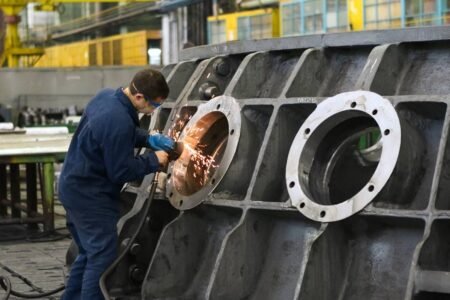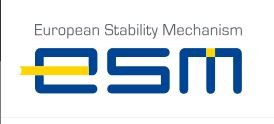The European Commission presented on 6 June a new Strategic Framework on Health and Safety at Work 2014 2020, with the aim of better protecting the more than 217 million workers in the EU from work-related accidents and diseases. The new framework identifies key challenges and strategic objectives for health and safety at work and presents key actions and instruments to address these. It aims to ensure that the EU continues to play a leading role in the promotion of high standards for working conditions both within Europe and internationally.
Advertisement
The Strategic Framework identifies three major health and safety at work challenges:
- to improve implementation of existing health and safety rules, in particular by enhancing the capacity of micro and small enterprises to put in place effective and efficient risk prevention strategies
- to improve the prevention of work-related diseases by tackling new and emerging risks without neglecting existing risks
- to take account of the ageing of the EU’s workforce.
The Strategic Framework proposes to address these challenges with a range of actions under seven key strategic objectives:
- Further consolidating national health and safety strategies through, for example, policy coordination and mutual learning.
- Providing practical support to small and micro enterprises to help them to better comply with health and safety rules. Businesses would benefit from technical assistance and practical tools, such as the Online Interactive Risk Assessment (OiRA), a web platform providing sectoral risk assessment tools.
- Improving enforcement by Member States for example by evaluating the performance of national labour inspectorates.
- Simplifying existing legislation where appropriate to eliminate unnecessary administrative burdens, while preserving a high level of protection for workers’ health and safety.
- Addressing the ageing of the European workforce and improving prevention of work-related diseases to tackle existing and new risks such as nanomaterials, green technology and biotechnologies.
- Improving statistical data collection to have better evidence and developing monitoring tools.
- Reinforcing coordination with international organisations (such as the International Labour Organisation (ILO), the World Health Organisation (WHO) and the Organisation for Economic Co-operation and Development (OECD) and partners to contribute to reducing work accidents and occupational diseases and to improving working conditions worldwide.
The Strategic Framework identifies instruments to implement these actions: social dialogue, awareness raising, enforcement of EU legislation, synergies with other policy areas (e.g. public health, education) and EU funds, such as the European Social Fund (ESF) and the Employment and Social Innovation (EaSI) programme, are available to support the implementation of health and safety rules.
The Framework will be reviewed in 2016 in order to take stock of its implementation and to take into account the results of the on-going comprehensive evaluation of the EU occupational health and safety legislation which will be available by the end of 2015.
Background
Especially in the context of the economic crisis, investing in a culture of risk prevention and promoting better conditions at the workplace offers economic and social benefits, such as fewer work-related mishaps, improved staff well-being and job satisfaction. Similar rules across the EU also create a level playing field for all businesses within the Single Market, addressing at the same time the need to prevent social dumping.
The new Strategic Framework builds on the 2007-2012 EU Occupational Health and Safety Strategy, which was successful, in particular, in helping to reduce the number of work accidents leading to absences of more than three days by 27.9% in the EU. This Strategy provided a common framework for coordination and a common sense of direction. 27 Member States now have a national OSH strategy, adapted to the national context and key priority areas. The results of the evaluation of the 2007-12 OSH strategy confirmed the value of an EU strategic framework for policy action in the field of OSH and highlighted the need to review objectives, priorities and working methods to adapt the EU policy framework to changing patterns of work, and new and emerging risks.
The Framework takes account of views expressed by the EU institutions and representatives from employee and employer organisations, and the results of a 2013 public consultation to gather insights on current and future challenges in the occupational safety and health area and of the views expressed at the Conference on Working Conditions on 28 April 2014 which closed the cycle of consultations.
Further information







